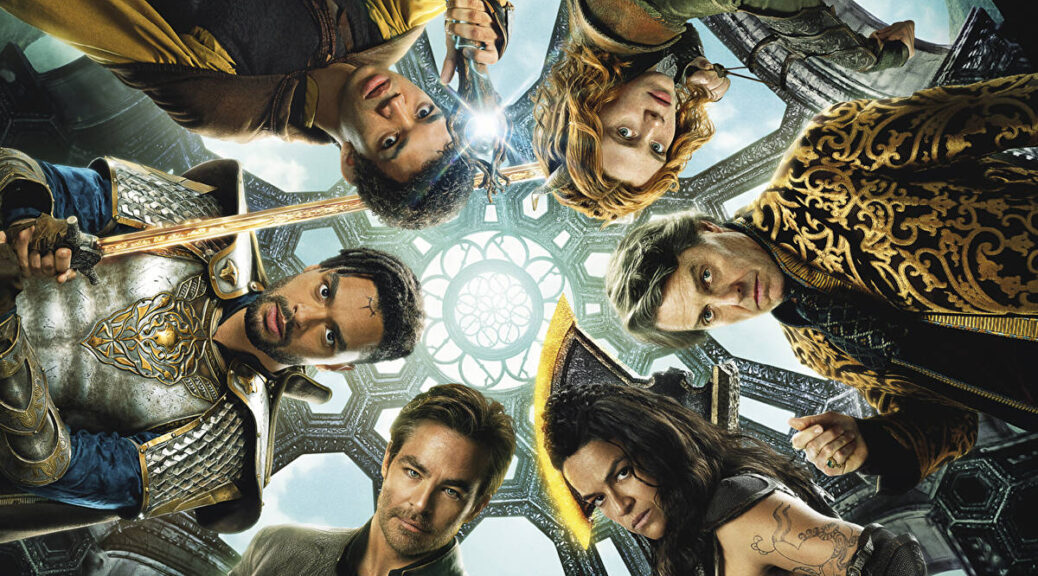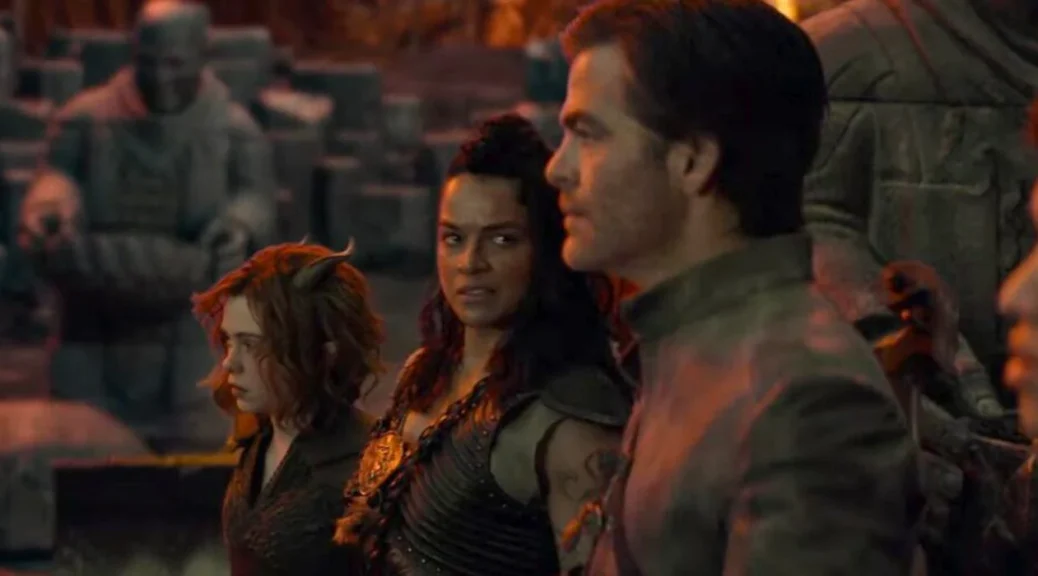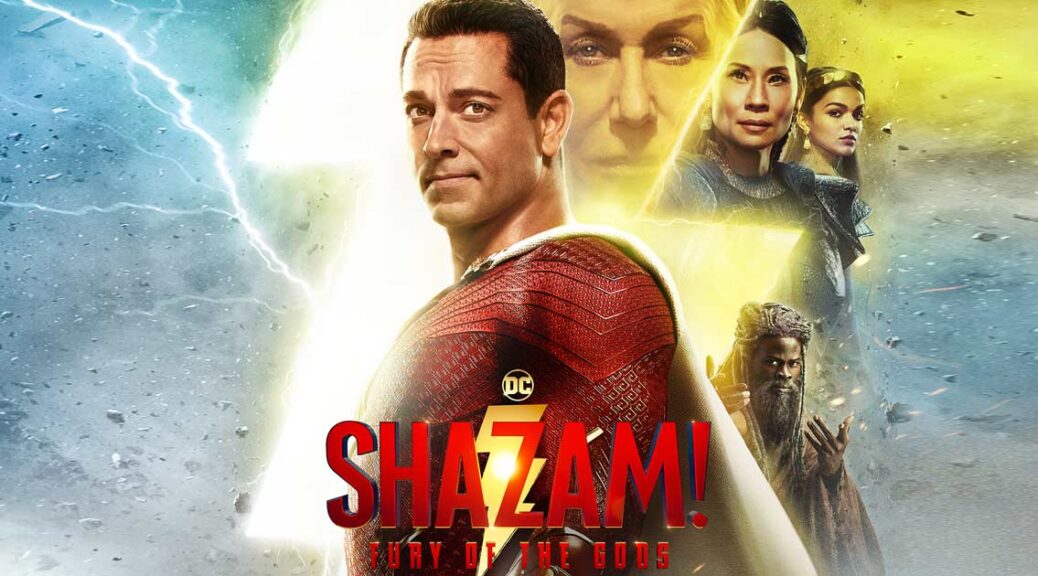Air
by George Wolf
1984. It was the best of times for Converse and Adidas, as they dominated the market share for basketball shoes. But for Nike’s basketball division, it was the worst of times that threatened to shut them down completely.
That all changed, of course, when Nike brought Michael Jordan into the fold, and Air deconstructs that watershed moment with an endlessly compelling vitality.
If you still need proof that Ben Affleck is a damn fine director, you’ll find it, right down to how he frames the multiple telephone conversations. But the real surprise here is the script. In a truly sparkling debut, writer Alex Convery brings history to life with an assured commitment to character.
Taking his inspiration from the ESPN documentary Sole Man, Convery invites us into the sneaker wars via Sonny Vaccaro (Matt Damon), the legendary shoe rep and “Mr. Miyagi” of amateur b-ball. Convinced the only way to save Nike basketball was to tailor everything around Jordan, Sonny began relentlessly lobbying Nike CEO Phil Knight (Affleck), executive Howard White (Chris Tucker) and marketing director Rob Strasser (Jason Bateman).
And when Jordan’s agent David Falk (Chris Messina) tells Sonny it’s a lost cause, he brazenly heads to North Carolina for a face-to-face meeting with M.J.’s mother (Viola Davis) and father (Julius Tennon).
Davis was reportedly Michael’s personal choice, proving the man knows more than basketball. She’s as masterful as you’d expect, becoming the linchpin in a sterling ensemble that delivers Convery’s nimble dialog with consistent authenticity and wit.
And much like his success with the Oscar-winning Argo, Affleck proves adept at a pace and structure that wrings tension from an outcome we already know. In fact, he goes one better this time, inserting archival footage that actually reminds us of how this all turned out, before leaving Mrs. Jordan’s final ultimatum hanging in the air like a levitating slam from Michael.
And as for the man himself, the film wisely treats him “like the shark in Jaws,” with rare glimpses that only reinforce the elusive nature of the game-changing prize this Nike team is out to land.
The film’s closing summary may flirt with hagiography, and some of the soundtrack hits do feel a bit forced, but Air finds a crowd-pleasing new groove inside a classic album. It’s the thrilling sports movie we didn’t know we needed, and a part of the Jordan legacy that instantly feels indispensable.











